Mozambique: President willing to change laws to combat corruption
Al-Jazeera shows human remains still plainly visible at abandoned bodies site – Mozambique
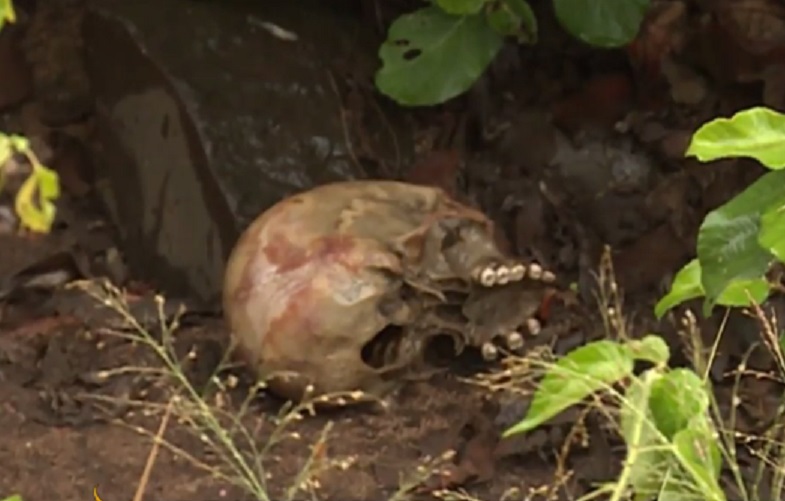
Al Jazeera / A still image of the Al Jazeera report
International television network Al-Jazeera last weekend visited the site where corpses were found dumped in central Mozambique and there found human remains still in the open air three weeks after their discovery.
Images from Al-Jazeera plainly show the bodies, including a skull and larvae feasting on human remains, at the site where, three weeks ago, a team of journalists, including Lusa, witnessed and documented bodies dumped under a bridge next to the country’s main road between Gorongosa and Macossa districts.
Although the Mozambican authorities announced that the bodies had been buried, the images show a collective grave with a thin layer of dirt failing to cover the cadavers.
Recording on site on Sunday the Qatar television station reporter said: “We do not know who they are, how they died or were killed and why they are here.”
The bodies were discovered in the same area where local farmers claim to have seen a mass grave with more than a hundred corpses, reports denied by local and judicial authorities in a region under tight military control, especially since the recent allegations of human rights violations.
Several journalists tried unsuccessfully to reach the location described by farmers, but neither the state National Commission on Human Rights, nor UN nor non-governmental organizations have said whether they have tried or managed to gain access to the site.
Gorongosa, where it is assumed that the leader of the Mozambican National Resistance (Renamo), Afonso Dhlakama is currently living, has been marked by clashes between Renamo’s armed wing and government forces in a conflict low on reliable information about casualties on either side, and where there are persistent reports of harassment of rural communities.
Mozambican police reportedly buried the bodies found between Gorongosa and Macossa without autopsy or identification or the presence of a medical examiner, and again ruled out the existence of an alleged mass grave with more corpses.
Meanwhile, the Attorney General of the Republic of Mozambique said on Tuesday that it had not found the mass grave spoken of by farmers, but that they would continue to investigate.
The parliamentary committee responsible for human rights will visit Gorongosa next week, nearly a month after the first discoveries, an initiative already boycotted by Renamo, which argues that a full parliamentary commission of inquiry should be appointed.
In early May, the state National Human Rights Commission (CNDH) called the existence of bodies abandoned in the centre of the country “serious and worrying” and called for “unconditional access” to the sites for national and international bodies.
“We are talking about human beings. Whether there is one body or one hundred, the situation remains serious,” the president of the CNDH said.
Alice Mabota, president of the Mozambique Human Rights League, a non-governmental organization, on May 10 demanded that an international commission of inquiry led by the United Nations investigate the allegations of a mass grave in the centre of the country.
“I’m sure that there are [graves]. We are on the ground, what we were told is that there are trenches. We have these images, we have the photographs,” Mabota said, though without presenting the evidence.
The UN High Commissioner for Human Rights told Lusa on May 4 that it was in contact with the Mozambican authorities about gaining access to the central region of the country, but no further developments have been reported.
For the full report and video:
http://www.aljazeera.com/news/2016/05/mozambique-gorongosa-160525172820276.html



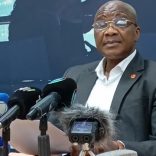
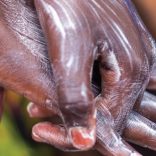


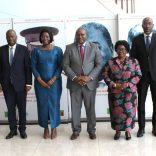
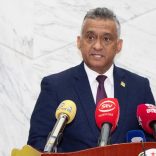

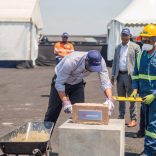
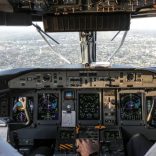
Leave a Reply
Be the First to Comment!
You must be logged in to post a comment.
You must be logged in to post a comment.